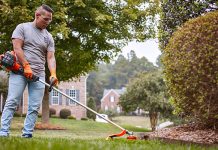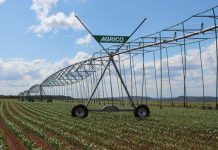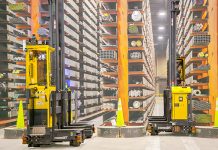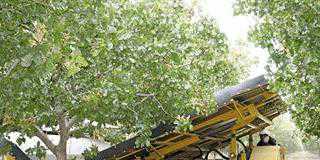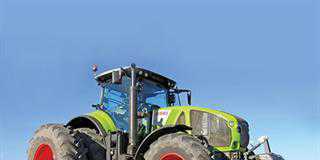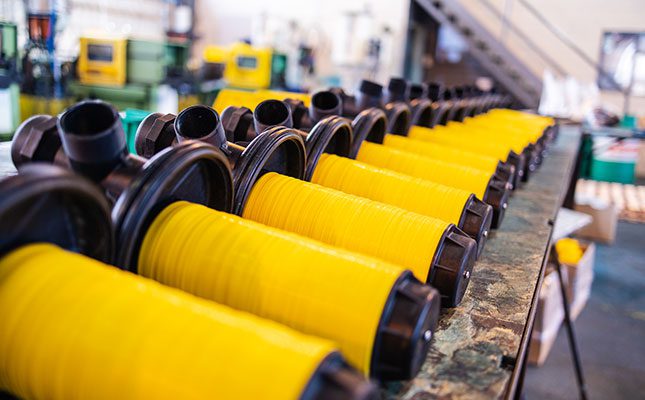
How do you go about choosing the right system?
The purpose of filtration is to protect the irrigation system from particles that can cause blockages. The best filter is one that retains the largest percentage of particles with the potential to clog the emitters.
The choice of filtration is therefore guided by the choice of emitter. While some emitters clog easily, other types are less sensitive. It is therefore important to finalise the design of the drip or micro-system before trying to determine the right method of filtration.
To be able to specify the right filtration system, the designer must obtain the following information:
- The smallest flow path opening of the emitter (the value is usually divided by seven to determine the degree of filtration).
- The water quality. What is in the water that needs to be removed to prevent clogging the emitters? Are the particles to be removed organic or inorganic?
- The working pressure of the system and the volume of water that must be filtered.
What filtration systems are available?
Three methods of filtration are commonly used in agriculture. Deciding on the right one for your farm depends on the level of effectiveness desired.
- Disc filters, also known as ring filters, are available as two types: automatic ring filters and conventional ring filters. The former are the most commonly used nowadays. The filter is made of a number of plastic discs, with small grooves stacked on top of one other.
- Screen filters use a rigid or flexible screen to separate sand and other fine particles out of water.
- Media filters, better known as sand filters, use material-like sand to trap particles and filter water.
Each type of filtering has its unique advantages and disadvantages. There are a few characteristics that a designer should keep in mind:
- Working pressure and pressure loss through/over the filter.
- Effectiveness of the filter. If the filter is chosen to filter 130 microns, it is important to know whether it has the ability to remove particles larger than 130 microns.
- The volume of backwash water required. This water will no longer be available for irrigation.
- Maintenance requirements of the system.
- Power required to backwash the filter.
Despite being the most effective filter in agriculture today, air filters have a major drawback: they have an ineffective backwash action. They are almost impossible to clean and usually need to be replaced. Such a system is not practical for irrigation filters.
Important points to consider
- The position of the filter is important. The filtration process should be located as close as possible to the area being irrigated. If this is not possible, secondary filters can be installed. These help protect the emitters from possible pipeline breaks that may occur between the primary filters and the irrigation block.
- A clogged filter that completely stops the flow of water (due to poor maintenance or any other reason) is still better than a filter that fails under the circumstances and lets the particles through to the emitters. It is preferable to clean the filters than to try to clean the emitters.
- Choose a filter that will function effectively when the water source is at its worst. A system at the Lower Orange River, for example, must be chosen for its ability to handle the poor-quality water when the river is in flood. The system must be able to handle the large amounts of sand and silt that come with the floodwaters.
- In extreme cases, a combination of methods should be used to purify the water. It is sometimes necessary to use settling dams to get rid of high volumes of sand and silt in the water before they are pumped to the primary filter.
- Consult an expert to help you select the right components and assemble an effective, trouble-free filtration system. Remember, too, that the financial and operational benefits of such a system will far outweigh the marginal extra cost of paying for quality.
Call Agrico at +27 21 950 4111, email [email protected] or visit www.agrico.co.za.



